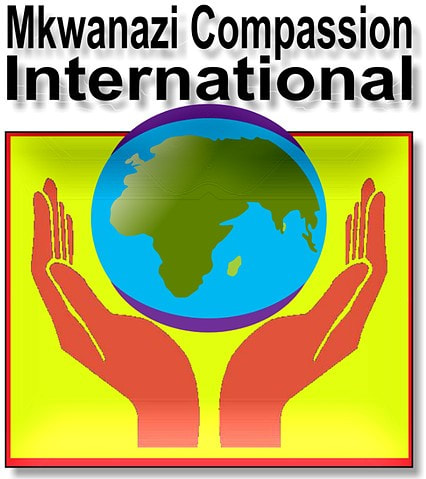The State of Health in Zimbabwe
The Zimbabwe government’s investment in the health sector has been inadequate and the country has generally depended on donor support and direct budget support to run the public health institutions.
The health sector has as a result failed to provide adequate services to the people especially those who do not have medical insurance. The crisis in the health sector is compounded by the following six horror facts:
No Medical Aid
MORE than 11 million Zimbabweans, representing 90% of the population have no access to medical aid. The country has no national health insurance system despite promises by the government to come up with a Health Insurance Scheme.
The medical system is in such disarray that nearly two-thirds of sick Zimbabweans do not seek out the treatment they need because they can’t afford it, according to the Ministry of Finance and Economic Development.
The squeeze is also being felt by the country’s more affluent citizens. Private Doctors have reportedly been demanding cash up front from patients with medical insurance after claiming that they are not being paid on time, or being paid enough.
$20/person Annually
The government allocates $301 million to the health sector for a country of $13.5Mil annually. This means that the government spends on average just over $22 on an individual. Compare this with $650 for South Africa, $390 Botswana and $200 Angola.
Crib deaths
The country’s infant mortality rate: 57/1,000 live births is one of the highest in the world. Infant mortality rate is the number of infants dying before reaching one year of age. The Zimbabwe Demographic Survey results released recently shows that 84 children out of a 1000 are likely to die before they reach the age of five.
Maternal mortality rate: 960/100,000 live birth
About 1000 women out of 100 000 die during giving birth. The major causes of maternal mortality are bacterial infection, uterine rupture (scar from a previous caesarean section tearing during an attempt at birth), renal and cardiac failure as well as hyperemesis gravida rum (condition characterized by severe nausea, vomiting and weight loss during pregnancy).
At Independence in 1980, the country had a low maternal mortality rate of just 90 per 100 000 live births. However, in 1994 the gains in the health sector plummeted to 253 per 100 000 live births.
1.6 Doctors and 7.2 nurses per 10,000 people
Zimbabwe has suffered immensely from a brain drain of doctors. There are now 1,6 doctors and 7.2 nurses for every 10 000 people. Most government rural health centers are manned by two doctors who have to perform multiple tasks. Lack of staff for medical education training, and high drop-out rates in public sector health care posts have resulted in vacancy rates of over 50% for doctors, midwives, laboratory, and environmental health staff.
The current National Health Strategy identifies the following key issues:
- Failure to contain and manage the loss of health sector personnel due to unattractive retention incentives;
- Poor and unequal distribution of health workers within the sector;
- Low output from training of health workers; an
- An absence of bilateral/international agreements relating to recruitment.
Donor-funded Medicines
Due to poor funding of the health sector, 98% of drugs used in public health centers are funded by donors. The donor community has also equipped a number of rural health centers such that Zimbabwe now has the uncanny distinction of patients shunning main referral hospitals to be treated in rural hospitals.
According to a local watchdog, Citizens Health Watch, 90% of healthcare institutions don’t have essential medicines in stock, and there have been sporadic shortages of antiretroviral (ARV) drugs, which are supposed to be free for HIV patients in public hospitals.
Patients are asked to buy from private pharmacies. Estimates state that most hospitals across the country are running at less than 30% capacity.
Many Zimbabweans have also questioned why medicine is more expensive than in neighboring countries.
A yellow fever vaccination may cost $66 in Zimbabwe but only $24 in Kenya, according to a recent parliamentary debate, and reports from local newspapers have suggested that Zimbabweans in the north of the country have to “run with cooler boxes” to Zambia to buy blood for sick relatives because it’s cheaper there. In Zimbabwe, fees vary and appear to be decided on an ad hoc manner.
A seven-day course of the commonly used antibiotic Amoxicillin can cost up to $7, and a monthly supply of ARVs between $40 and $50. An HIV viral load blood examination, which is needed to determine whether patients are responding well to ARVs, can cost up to $30 at a private laboratory. Most public healthcare institutions don’t offer this service.
